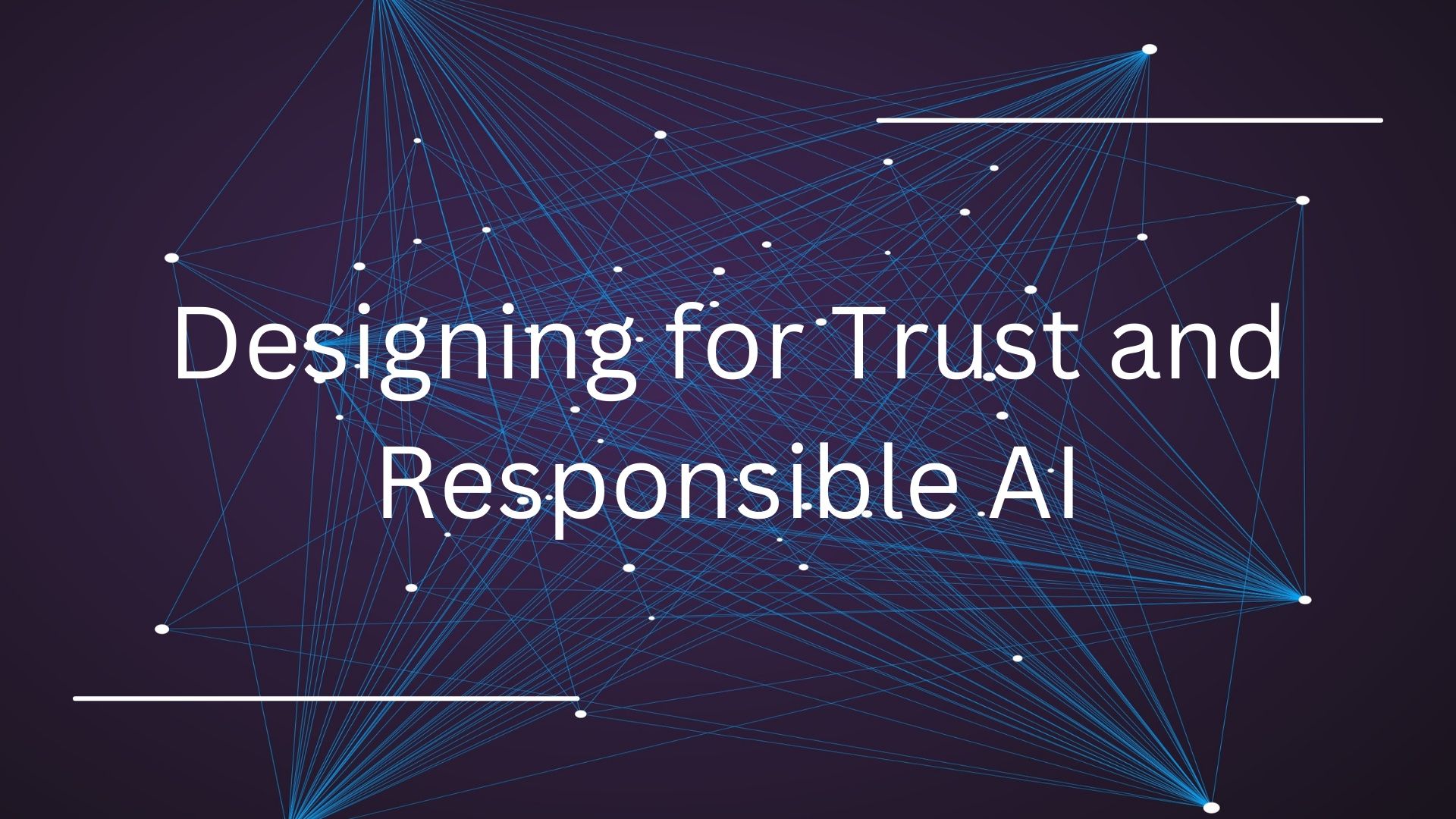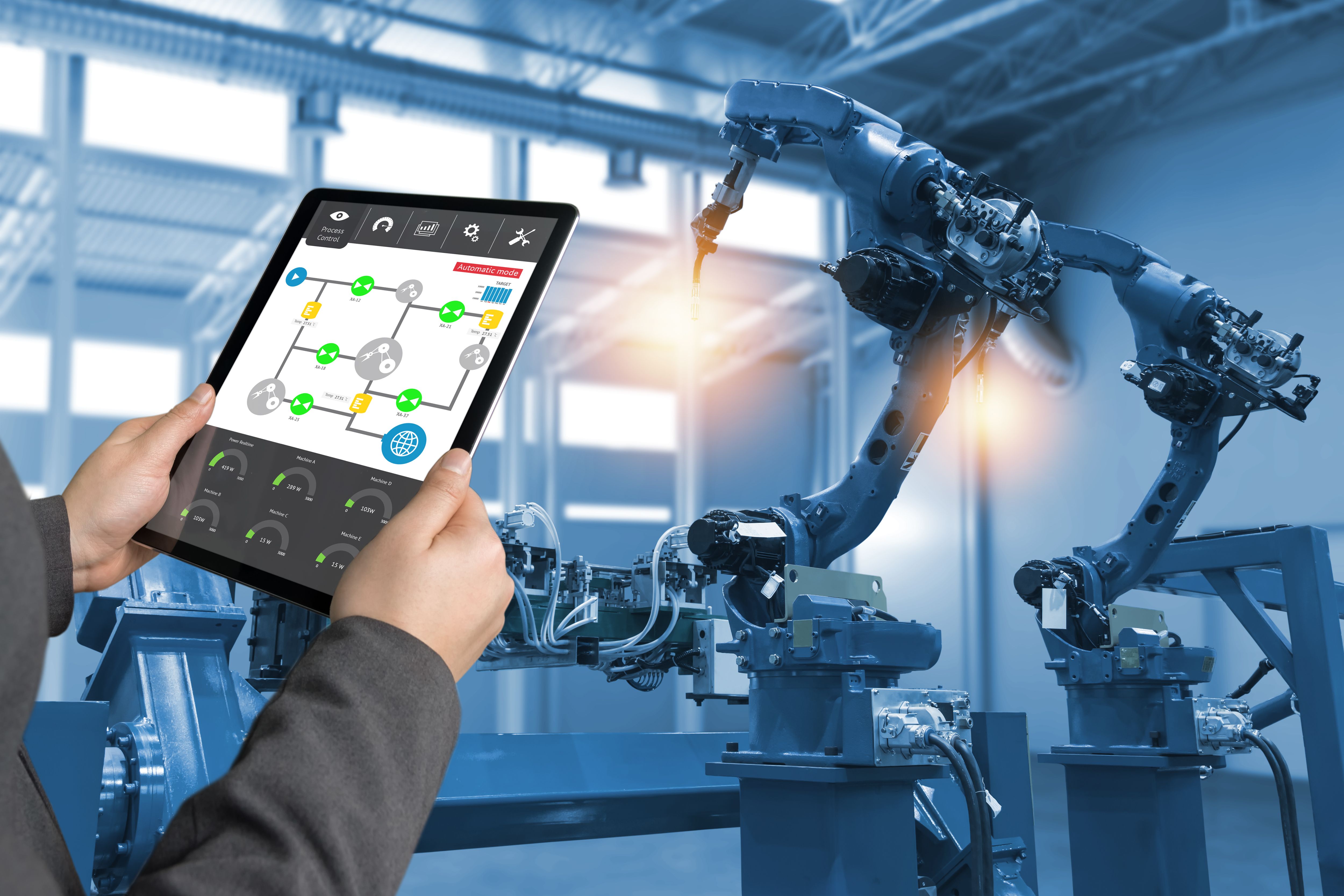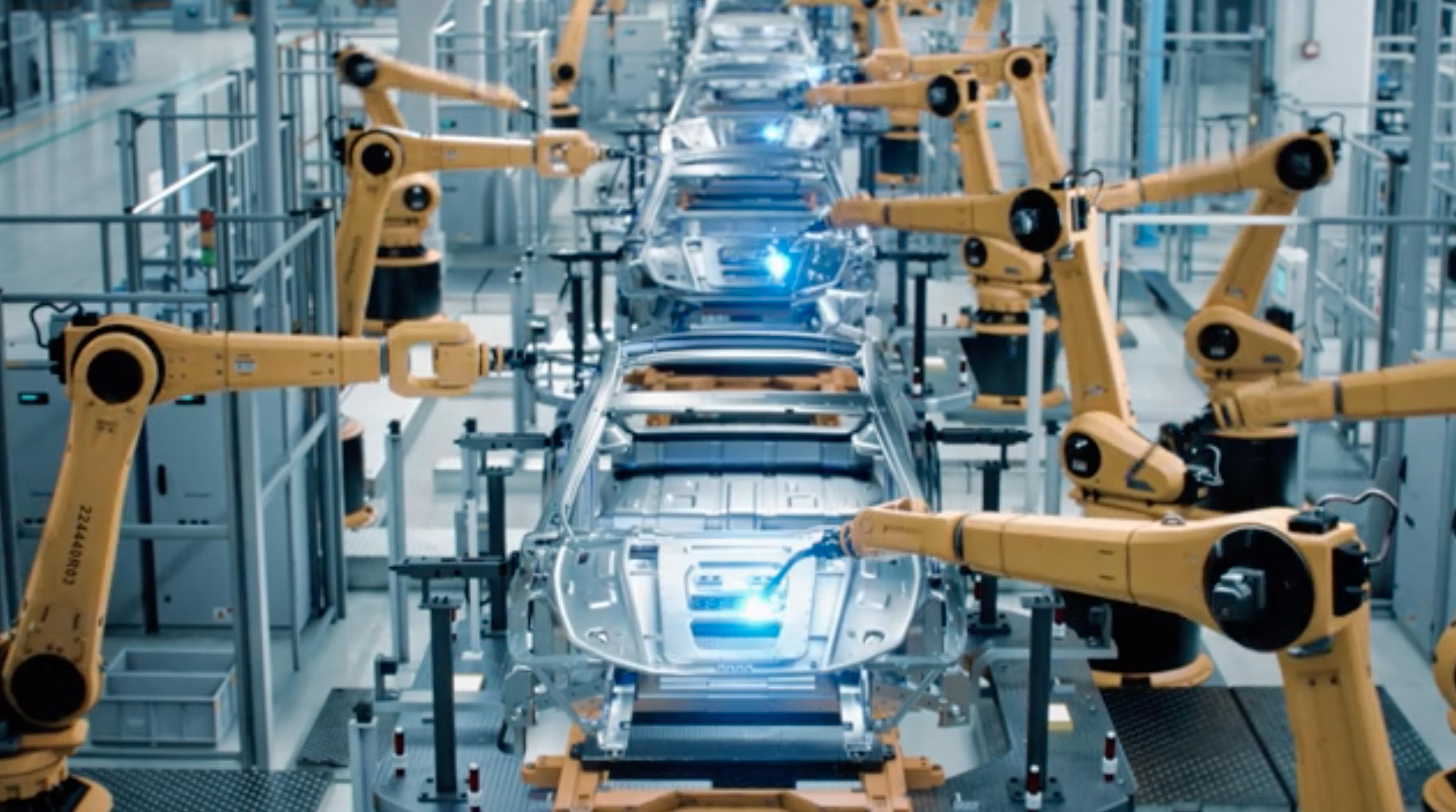Problem Statement
Record demand for commercial aircrafts (prior to the pandemic and hopefully the demand will resume shortly) had led to huge backlog of orders (greater than 7 years in case of single aisle aircrafts). This had resulted into pressure to ramp up the production rate and reduce the delivery lead times.
However, simultaneously, aerospace manufacturers were also faced with a challenge to reduce the energy consumption at their facilities. This was a result of commitment towards net zero emissions and increasing industrial sustainability.
Combination of the above two factors had led to the need for investigating novel methods for identifying opportunities that could lead to reduction in energy consumption whilst meeting the business objective of increasing production rate at high quality.
We developed an Artificial Intelligence solution to identify novel opportunities to reduce carbon foot print in high volume manufacturing environment.
Some of the salient features of our solution are as below.
Solution Main Activities
- Manufacturing process parameters data was captured for drilling operations
- Corresponding energy consumption data captured
- Performed data pre-processing and visualisation, feature engineering and subsequent down selection
- Development, evaluation and down selection of various supervised machine learning models
Key Achievements
- Key parameters driving increased energy consumption were identified.
- Revised machine routing and parameter fine tuning led to reduced energy consumption, whilst still delivering the necessary quality and production rate.
- Energy consumption was reduced by 5% - a huge impact for an initial assessment.
- Spread awareness about benefits of data analytics techniques applicable to shop floor environment
- Promoted a culture for data curation and data harvesting within the business





















